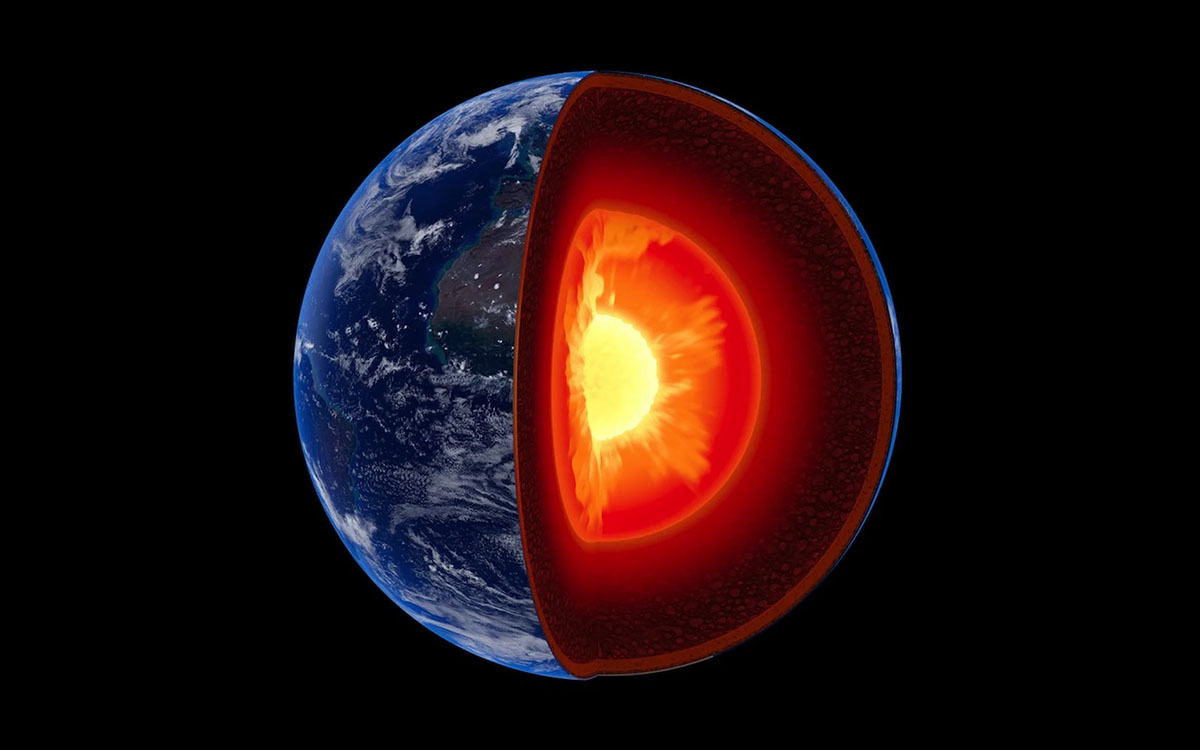why the world’s tallest mountains might be hundreds of miles under our feet

If you’re looking for the tallest mountains on Earth, you need to go to the Himalayas, formed in the aftermath of the Indian subcontinent slamming into Asia and creating a saber-shaped scar that’s home to most of the world’s highest peaks, including Everest, the tallest mountain on the planet’s surface if we measure from sea level. If you measure from the center of the Earth and include every imperfection and deformation of the planet’s shape, the world’s tallest mountain would be Chimborazo in Ecuador. Measure from the bottom of the seafloor in a volcanic island chain, and the title goes to Hawaii’s Mauna Kea.
But all three mountains, and Everest’s impressive siblings may be dwarfed by the upside down mountain ranges 660 kilometers under the surface, at a boundary separating the partially molten upper mantle from the high pressure, solid lower mantle.We know they exist by monitoring how seismic waves generated by powerful earthquakes travel through the planet, like the 8.2 quake that rocked Bolivia in 1994 and was recorded by seismographs all over the world. As the waves travel through different densities of rock, water, and magma, they produce different signals and the result is basically a geological sonogram.
When the data was replicated on a cluster of supercomputers, it showed that the mantle wasn’t just smoothly mixing between layers and hinted that the upper mantle had a number of complex features which may indicate the fate of rocks subducted under larger tectonic plates hundreds of millions, if not billions of years ago. This finding shows us that using the ever growing array of seismographs tuned to quakes that register a 7.0 or above on the Richter scale, we can more thoroughly scour Earth’s innards and answer complex questions about what’s going on inside our planet, and what happened hundreds of millions of years ago as supercontinents broke up, merged, then broke up again in 500 million year cycles.
Unless you’re a geologist, this discovery, and further research probing deeper into the Earth’s structure, probably won’t mean that much to you or your understanding of how the planets’ layers are differentiated. But it may have implications for modeling the formation of alien worlds around other stars and could help us find potential habitats from extraterrestrial life. These far off planets would be formed in much the same way as ours, and at this point, pretty much any insight into the fine details of that process would be welcome, no matter how obscure or specific it might seem at first glance. And really, it’s just cool to know more about what’s happening with the 5.9 sextillion tons of solid and molten rock and metal under our feet.





